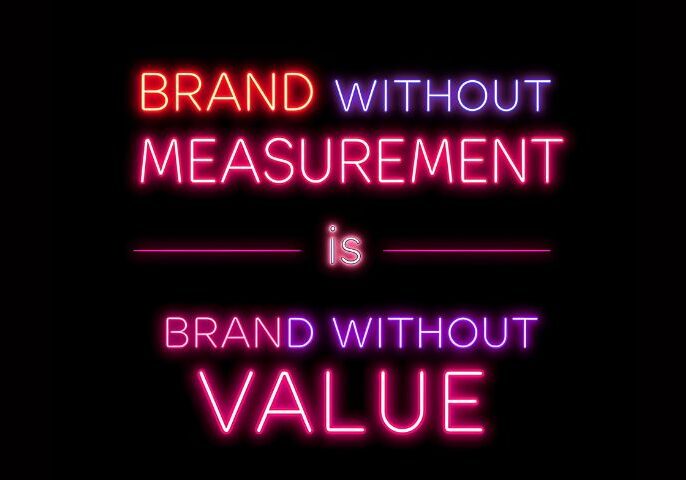If you regularly read our blogs, you may be aware that we are proponents of joined-up thinking in business. For any business, the bottom line is that any investment you make must deliver a healthy return of interest (ROI). While marketing and PR are very different, delivering distinct outcomes, the two work in tandem, supporting each other. It’s for this reason that businesses should always consider PR as a part of a marketing strategy.
PR v Marketing. What’s the difference?
PR handles press and media in the most basic terms, working on a long-term strategy to increase brand awareness. Marketing focuses on advertising and supporting sales teams to promote and sell products. PR supports the larger brand, while marketing uses that goodwill and increased awareness to maximise exposure.
For larger businesses and brands, these are very distinct, but for SMEs, there is a greater overlap, raising the question of where one ends and the other begins. However, no matter the size of a business, positive PR is a fantastic and cost-effective way of increasing brand awareness, so every marketing strategy should include elements of PR.
How does PR help with marketing?
There are multiple reasons why PR should be included in any integrated marketing strategy. One of the main reasons is that it builds brand trust over time and increases consumer awareness.
Brand Awareness
The main focus of any PR campaign is to generate awareness of the brand. It works towards a long-term goal of increasing a brand’s visible market share. When included within a marketing mix, PR helps to gain publicity by using trustworthy sources. Choosing the most appropriate news and media platforms is crucial in ensuring that any PR campaigns tell the right story to the right audience.
Never underestimate how the trustworthiness of a media source can impact on a PR campaign.
Improve online presence
We’ve said it time and again, but we’re going to repeat ourselves; we cannot express more strongly how crucial it is to have an active online presence. Shifts in buying patterns mean that businesses have to be proactive across social media and their websites.
Another recent seismic shift is the amount of time that people now spend on news sites. The advent of apps and news feeds connected to mobile phone brands, means that anyone with a smartphone has increased access to the news. Using PR to get your business included in reports and articles can only be positive (if it’s good PR).
Present a positive company image
Bad things can happen for any business, but it’s important to have the tools and knowhow available to you to be able to rectify any negative press. While the saying “there’s no such thing as bad PR” may not hold entirely true, it is possible to turn around something negative with a selection of positive and well written news stories.
So, imagine for example that your company has recently received some negative reviews; a well-placed article about sponsoring a local sports team could pour oil on the waters.
Increase visibility on a budget
One of the best parts of running a successful PR campaign is that a business can increase its visibility without spending out a lot of money on an advertising campaign. A well-placed article that mentions a business can receive a far wider reach across multiple outlets and costs the time taken to write it and pitch to journalists. If you consider that in 2021, The Guardian had over 1 million digital subscriptions worldwide and that The Sun reaches around 29 million people online, you can begin to understand how valuable good PR can be.
How to use PR within your marketing strategy.
Before you start focussing on using PR within your marketing strategy, you need to consider all the factors that will make it effective. Good PR is more than just deciding that you want to write an article and pitching it to journalists. It needs to be part of a far wider plan.
Decide where you want to feature
The first thing to consider is where you want your business to feature. This is where buyer personas come into play. A buyer persona is designed to identify an ideal customer and will consider everything from their income and education to hobbies and interests. By pinpointing and drilling down into what they would like and dislike, it then becomes possible to decide a) what would make them read and article, and b) where the article would be best placed for them to see it.
Outline your overall goals.
With anything to do with PR, Marketing, and Sales, it’s important to have an end goal, something that you would like to achieve. It could be that your business wants increased recognition as a market leader, maybe it has a USP that makes it incredibly attractive, it could simply be that you want brand awareness and increased sales (although this would naturally come). Deciding on goals means you can then be specific with any tactics that you’re planning.
Within your goal setting, you should also create a timeline which is a clear calendar of any short and long-term initiatives and milestones and how they will be evidenced.
Assess your brand’s media assets.
Every brand has three types of media assets available to them which can be used for both PR and marketing purposes. Some of the assets will have been created as a part of a marketing strategy but are vital when considering how they may be used from a PR perspective.
Owned Media
Owned media is the content that your business has created. This could be social media posts, blogs, email newsletters, and, of course, your website. The information contained within your owned media is what is used by journalists when they are writing about your business. So, for example, they may take images from social media or information from your ‘About’ page to support the content that they are publishing. Because of this, it is important that any owned media is kept up-to-date and consistent.
Paid Media
Paid media refers to promoted content, so when you have paid for advertising or an influencer to use your product or service. Again, this is used when a PR piece is being created.
Earned Media (the best tactic to build a brand)
Earned media is essentially word of mouth and can include mentions in industry news and reviews, awards, praise from customers, and healthy search engine rankings. Think of it as your reputation within your industry.
Why you should use PR and Marketing professionals.
There is definitely a knack for creating a good PR campaign, and, in many ways, it involves thinking outside the box. Take landscape gardening as an example. A publication probably won’t print a piece extolling the virtues of one landscape gardener (that would be an advertorial), but they might be interested in an article titled “The best kept secrets to designing a bio-diverse garden” which then quotes a landscape gardener.
Additionally, PR specialists have media contacts and address books full of the right journalists to pitch an article to. Most journalists have niches, so getting your pitch into the right inbox is a job in itself.
If you’re thinking that your business needs some increased media coverage or has a story that it wants to scream from the rooftops, the team at NAMA would love to have a chat with you.






